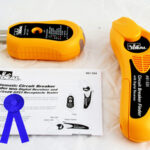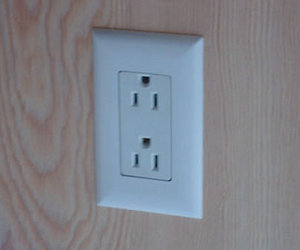Ground Fault Circuit interruption devices offer an added level of protection against electrical fires and electrocution. These devices are designed to help protect individuals from serious or fatal electrical shocks. While they may not protect you from receiving an electric shock, in most cases the GFCI device has the ability to prevent the shock from being fatal. Each situation is different and you should use extreme care when working with any electrical device or outlet.
GFCI devices have been in use for several decades. In the early 1970’s many electrical codes began requiring the use of GFCI devices in certain areas of the home. As a general rule, anywhere there is the possibility of water or what would be considered a damp environment, a GFCI device will be required.
Since 1973 GFCI devices have been required in most outdoor receptacles. With the possibility of dampness from rain, fog, dew and other sources, the protection offered by a GFCI device is invaluable.
In 1975 most electrical codes began requiring the use of GFCI devices in bathroom receptacles. The bathroom is an area where water and electricity are often used very close together. Hair dryers fall into bathtubs or showers and without the protection of a GFCI device, this type of accident can certainly be fatal.
The receptacles in garage areas were added in 1978 to the list of areas requiring GFCI protection. This is not as much to protect from a wet environment as it is the number of tools and devices in use in many garages. A short or worn wire can easily result in electrocution or an electrical fire.
In 1987 the codes changed again to require GFCI devices be installed in most kitchen applications. This area again has many electrical devices and a nearby water source. There are also devices which can draw a great deal of amperage and this added protection can be very important.
1990 brought about more changes to the electrical codes in the United States. For any receptacles being installed in crawl spaces or unfinished basements it was now required the devices be of a GFCI type. This again was to protect against the damp environment often found in these areas.
If your home was constructed before any of these dates, and does not have GFCI devices installed, you should consider updating the devices in each of these areas. You may also want to consider installing GFCI devices in the laundry room, and certainly in your work shop or hobby room. The devices are more expensive than a standard outlet, but for the added protection they provide for your family and your home, you should consider it money well spent.




